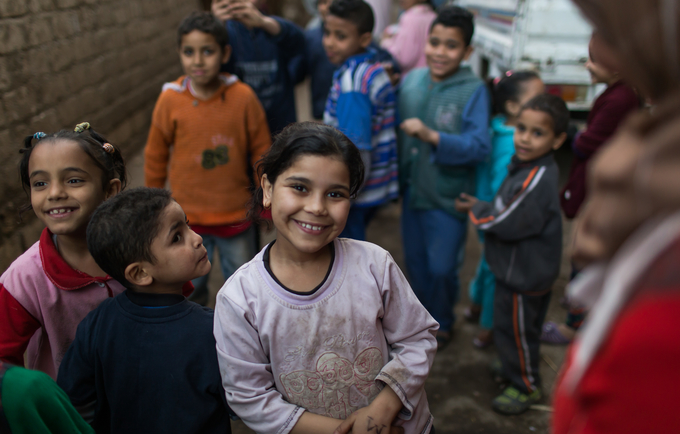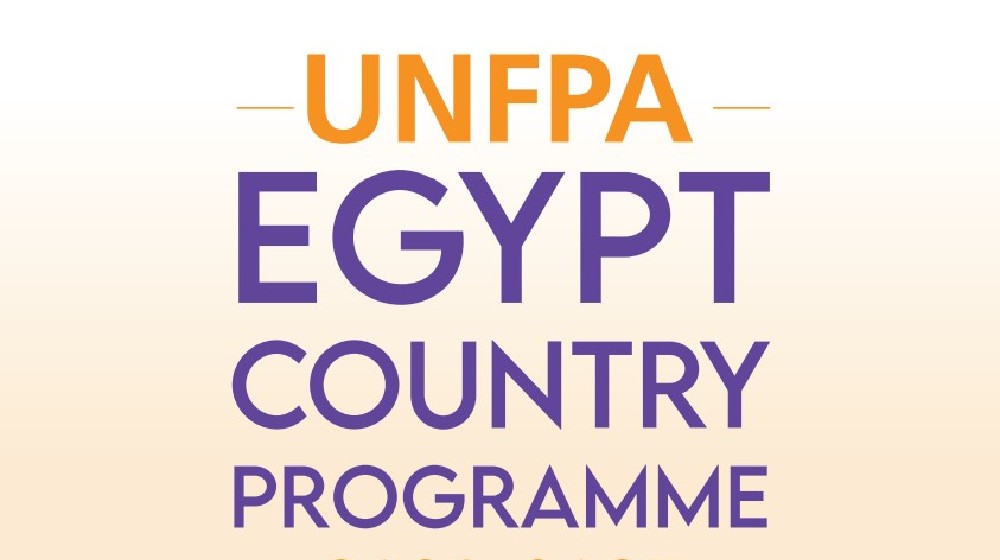“Is anyone out there even thinking of improving our lives?” asks Susmita, a teenager from Odisha, India.
Susmita has never gone to school. She tends the few animals her family owns and attends to household chores. Like more than one in three girls in her community, she may be married before turning 18. She dreams about going to school – even just for one day.
This year’s International Day of the Girl Child theme, “Girls’ Progress = Goals’ Progress: A Global Data Movement”, recognizes that what counts for girls is to be counted. Data that can make the lives of every girl, in every setting, visible and accessible are essential to sustained progress. With access to this type of data and information, policymakers, communities, civil society organizations, youth-led groups, activists and girls themselves can shape policies and initiatives that positively affect the lives of millions of girls around the world.
Investing in adolescent girls, like Susmita, allows them to stay in school, gain skills, marry later, have fewer and healthier children, and earn a larger income to invest back into their families and communities. These investments must be driven and informed by high-quality data for maximum impact and results, and to track progress. This is particularly important for identifying and tackling the needs of the most marginalized girls – those about whom we often know the least.
Fewer than 50 countries can provide data that are disaggregated by sex and age. Vast gaps in data exist in many areas, including poverty, intimate-partner violence, and adolescent deaths from pregnancy and childbirth complications, especially in the 10- to 14-year-old age range. As a result, the challenges many girls face remain unaddressed, and this valuable segment of society is repeatedly unable to realize its full potential.
As we work together to achieve the Sustainable Development Goals, we must acknowledge that our collective success is directly dependent on how we answer Susmita’s question.
Every girl has the right to a safe and successful transition into adulthood and the right to embrace the opportunities that the future holds for her. Now is the time to fully exploit the power of data as one of the most critical tools for development and for protecting and promoting adolescent girls’ rights.
The new State of World Population report, to be launched by UNFPA, the United Nations Population Fund, later this month, examines how the support we provide to adolescent girls today will determine our collective well-being tomorrow.
We at UNFPA are committed to supporting adolescent girls to reach their full potential and determine their own destinies. Every girl counts.




